Home>Garden Essentials>How To Maintain A Landscape Design
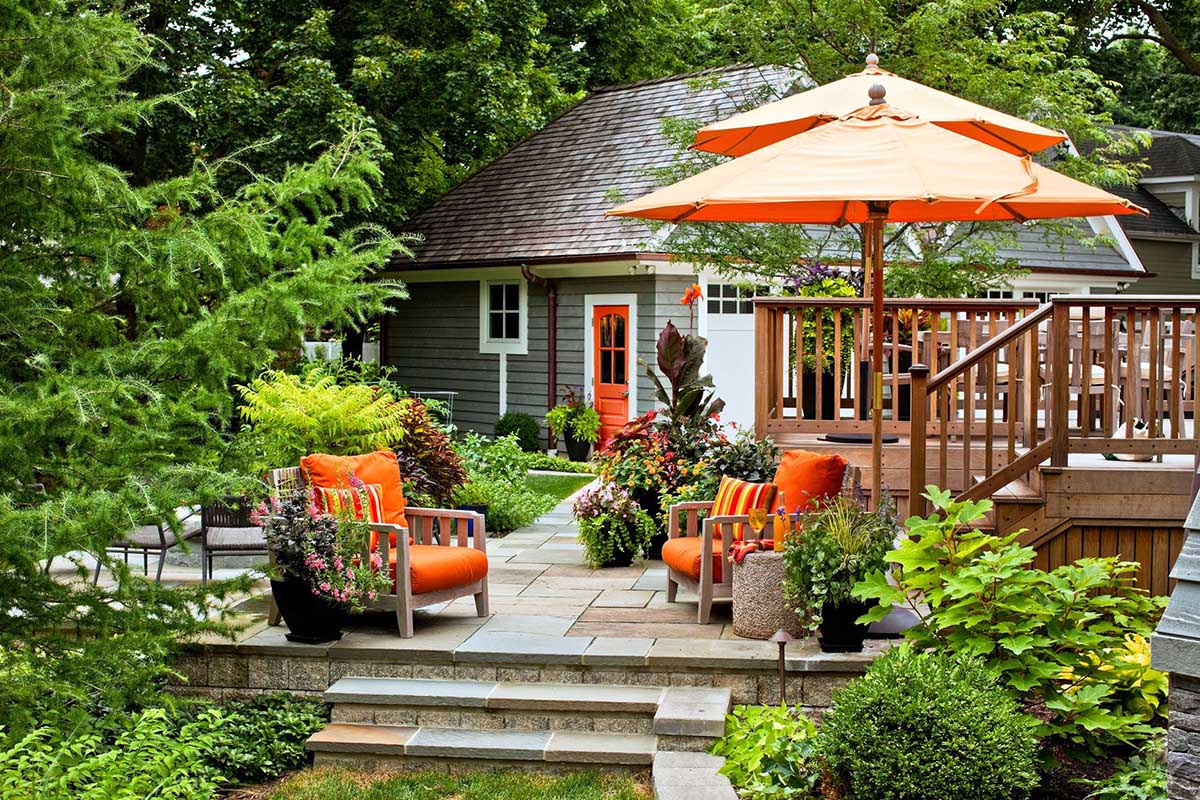

Garden Essentials
How To Maintain A Landscape Design
Modified: September 2, 2024
Learn how to maintain your garden and keep your landscape design looking beautiful. Explore helpful tips and tricks for gardening and landscaping maintenance.
(Many of the links in this article redirect to a specific reviewed product. Your purchase of these products through affiliate links helps to generate commission for Storables.com, at no extra cost. Learn more)
Introduction
Having a well-maintained and visually appealing landscape design can greatly enhance the overall look and feel of any property. Whether you have a small garden or a sprawling backyard, proper maintenance is essential to ensure that your landscape remains vibrant and healthy.
In this article, we will explore the key steps and considerations involved in maintaining a landscape design. From assessing the existing landscape to implementing a design plan, we will cover everything you need to know to keep your outdoor space looking its best.
By following these expert tips, you can create a sustainable landscape that not only adds value to your property but also provides a serene and relaxing environment for you and your family to enjoy.
So let’s dive in and discover how to effectively maintain your landscape design!
Key Takeaways:
- Assess, clear, and prepare your landscape before selecting suitable plants and creating a design plan. Regular maintenance, including mulching, pruning, and pest control, ensures a vibrant and healthy outdoor space.
- Regular inspections and upkeep, along with proper lawn care and irrigation, are essential for maintaining a beautiful landscape. By staying proactive and addressing issues promptly, you can ensure the long-term health of your plants.
Read more: How To Design A Low-Maintenance Landscape
Assessing the Existing Landscape
Before embarking on any maintenance tasks, it’s important to assess the current state of your landscape. Take a walk around your property and evaluate the condition of the plants, trees, and lawn. Look for any signs of damage, disease, or overgrowth that may need attention.
Identify any areas that may be problematic, such as poor drainage, uneven terrain, or excessive shade. These factors can affect the health and growth of your plants and require specific maintenance strategies.
Additionally, consider the overall design and functionality of your landscape. Are there any areas that need improvement or modifications? Maybe the layout isn’t optimized for your needs, or certain features could be relocated to enhance the aesthetic appeal.
By thoroughly assessing the existing landscape, you’ll have a clearer understanding of what needs to be addressed and can develop an effective maintenance plan accordingly.
Once you have completed the assessment, make a list of the specific maintenance tasks that need to be performed. Categorize them based on priority and seasonal requirements. This will help you stay organized and ensure that you tackle the most critical tasks first.
If you are uncertain about any aspect of the assessment or require professional advice, don’t hesitate to consult with a landscaping expert or arborist. They can provide valuable insights and recommendations to help you maintain a healthy and attractive landscape.
Clearing and Preparing the Site
Once you have assessed the existing landscape, the next step is to clear and prepare the site for maintenance tasks. This involves removing any debris, weeds, or unwanted vegetation that may hinder the health and appearance of your landscape.
Begin by clearing out fallen leaves, branches, and any other clutter that may have accumulated over time. This will not only improve the aesthetic appeal but also prevent potential hazards and create a clean slate for further maintenance activities.
Next, focus on weed control. Weeds can compete with your desirable plants for water, nutrients, and sunlight, impacting their growth and vitality. Use a combination of hand-pulling, hoeing, and mulching to effectively remove and prevent weed growth.
If your landscape has overgrown or unwanted vegetation, consider pruning or removal. Trim back any overgrown branches or shrubs to maintain a neat appearance and enhance the overall structure of your plants. For larger trees or plants, you may need to consult a professional arborist for safe and proper removal.
In addition to clearing out the site, it’s crucial to prepare the soil for optimal plant growth. This involves loosening compacted soil, removing rocks or debris, and incorporating organic matter to improve nutrient content and moisture retention.
Before applying any amendments to the soil, consider conducting a soil test. A soil test will provide valuable insights into the pH levels, nutrient deficiencies, or excesses in your soil. Based on the results, you can tailor your soil amendments to meet the specific needs of your plants.
By clearing and preparing the site effectively, you create a healthy and fertile foundation for the next stages of maintaining your landscape design.
Soil Testing and Improvement
One of the key factors in maintaining a healthy and thriving landscape is having well-balanced and fertile soil. Soil testing is an essential step in understanding the composition of your soil, allowing you to make informed decisions about the necessary improvements.
Soil testing involves analyzing the pH level, nutrient content, and overall structure of the soil. This information provides insights into any deficiencies or imbalances that may affect plant growth and health.
To conduct a soil test, you can purchase a soil testing kit from a garden center or send a sample to a professional laboratory. Follow the instructions provided with the kit or consult a soil specialist for guidance on collecting an accurate sample.
Once you receive the results of the soil test, you can take appropriate steps to improve the soil conditions. Common soil amendments include adding organic matter such as compost, well-rotted manure, or leaf mulch to enhance the soil structure, increase nutrient availability, and encourage beneficial microbial activity.
In addition, you may need to adjust the pH level of the soil. Most plants prefer a slightly acidic to neutral pH range. If the soil is too acidic or alkaline, you can add lime to raise the pH or elemental sulfur to lower it.
Applying a balanced fertilizer based on the nutrient deficiencies identified in the soil test can also improve soil fertility. Choose a fertilizer with the appropriate ratio of nitrogen (N), phosphorus (P), and potassium (K) to support the specific needs of your plants.
Regularly monitoring and maintaining the soil quality is essential for the long-term health and vitality of your landscape. Consider conducting soil tests every few years or as recommended by a soil specialist to ensure that your soil remains in optimal condition.
By understanding the needs of your soil and making the necessary improvements, you can provide a fertile environment for your plants to thrive and flourish.
Selecting Plants and Materials
Choosing the right plants and materials for your landscape design is crucial for its long-term success and ease of maintenance. By selecting suitable plants that are well-adapted to your climate and site conditions, you can minimize the need for excessive care and provide optimal growing conditions.
Start by researching the plants that thrive in your specific region. Consider factors such as sun exposure, soil type, moisture levels, and temperature fluctuations. Look for native or drought-tolerant plants, as they are often more resilient and require less water and maintenance.
When selecting plants, aim for a variety of species that offer different textures, colors, and bloom times. This will add visual interest to your landscape and provide continuous beauty throughout the seasons.
Additionally, consider the mature size of the plants and their compatibility with the available space. Avoid planting trees or shrubs too closely together, as overcrowding can lead to competition for resources and hinder their growth.
In addition to plant selection, choose durable and appropriate materials for hardscaping elements such as pathways, patios, and retaining walls. Opt for materials that can withstand the climate conditions and require minimal maintenance.
Utilize mulch to enhance the aesthetics and functionality of your landscape. Organic mulch such as wood chips or bark not only suppresses weeds but also retains moisture, regulates soil temperature, and improves soil structure as it breaks down over time.
Consider incorporating sustainable landscaping practices by using permeable paving materials or water-efficient irrigation systems. These eco-friendly choices can minimize water usage, reduce runoff, and promote a healthier environment.
By carefully selecting plants and materials that are well-suited to your landscape, you can create a beautiful and low-maintenance outdoor space that thrives with minimal effort.
Read more: How To Maintain A Washing Machine
Creating a Design Plan
A well-thought-out design plan is essential for a cohesive and visually appealing landscape. By taking the time to create a design plan, you can ensure that your outdoor space reflects your personal style, meets your functional needs, and is easy to maintain.
Start by analyzing your site and considering your goals and preferences. Identify key focal points or features you want to highlight, such as a stunning view, a water feature, or a seating area. This will serve as the foundation for your design plan.
Next, think about the layout and organization of your landscape. Divide the space into functional zones, such as entertainment areas, gardening beds, or relaxation spots. This will help guide your plant selection and determine the flow of your design.
When choosing plants, consider their growth habits, heights, and colors to create a harmonious and balanced arrangement. Group plants with similar water and sunlight requirements together to simplify irrigation and maintenance tasks.
Incorporate a variety of textures and shapes to add visual interest. Mix different foliage types, such as broad-leaved plants with fine grasses, to create contrast and depth in your landscape.
Take into account the seasonal changes of your plants to ensure that there are focal points and interest throughout the year. Select plants with staggered blooming periods or evergreen varieties to maintain visual appeal even in winter.
Consider using sustainable practices in your design plan. Incorporate native plants, which are adapted to the local climate and require less water and maintenance. Install rain gardens or swales to capture and filter rainwater, reducing the need for irrigation.
Finally, sketch out your design plan on paper or use digital design tools to visualize your ideas. Include measurements and specific details such as pathways, seating areas, and plant placements. This will serve as a guide during the implementation phase.
By creating a well-thought-out design plan, you can ensure that your landscape not only looks beautiful but also functions efficiently and requires minimal maintenance in the long run.
Implementing the Design
With your design plan in hand, it’s time to start implementing it and bringing your vision to life. This phase involves various tasks, from planting and installing features to building pathways and structures.
Begin by preparing the planting areas as outlined in your design plan. Remove any existing vegetation, loosen the soil, and amend it with compost or other organic matter as needed. Follow the spacing guidelines to ensure enough room for the plants to grow and thrive.
When planting, dig holes that are slightly wider and deeper than the root ball of the plant. Gently loosen the roots and place the plant in the hole at the same level as it was in the container. Backfill with soil and water thoroughly to establish good root-to-soil contact.
If your design includes hardscaping elements like pathways, patios, or retaining walls, consult your design plan for accurate measurements and layouts. Use quality materials and follow proper installation techniques to ensure durability and longevity.
Consider working with a professional landscaper or contractor for complex installations to ensure proper execution and achieve the desired outcome.
As you implement your design, pay attention to details such as proper grading for proper drainage, leveling surfaces, and ensuring proper spacing between plants and structures. Regularly step back and evaluate the progress to ensure that the design is being faithfully translated from the plan to reality.
If certain elements of your design plan prove difficult or impractical to implement, be open to adaptations and adjustments. Flexibility is key in achieving a successful landscaping project.
Throughout the implementation process, make sure to water newly planted vegetation and monitor their health. Follow recommended watering guidelines for each plant species and adjust as needed based on weather conditions.
By carefully implementing your design plan, you can create an outdoor space that reflects your vision and provides a beautiful, functional, and easy-to-maintain landscape.
Regularly prune and trim plants to maintain their shape and promote healthy growth. This will help keep your landscape design looking neat and well-maintained.
Irrigation and Drainage Systems
An essential aspect of maintaining a healthy landscape is ensuring proper irrigation and drainage. Efficient watering practices and effective drainage systems are crucial for the overall health and vitality of your plants.
When it comes to irrigation, the goal is to provide the right amount of water at the right time. Avoid overwatering, as it can lead to root rot, disease, and wasted water. Underwatering, on the other hand, can cause stress and weaken plants.
Consider installing an automated irrigation system, such as drip irrigation or sprinklers, to ensure consistent and efficient watering. These systems can be programmed to deliver precise amounts of water directly to the root zone of the plants, minimizing waste and promoting deep root growth.
Regularly inspect and maintain your irrigation system. Check for leaks, clogged emitters, or damaged components that may affect its efficiency. Adjust the watering schedule accordingly based on weather conditions and the specific needs of your plants.
In addition to irrigation, proper drainage is essential to prevent waterlogging and soil saturation. Poor drainage can lead to root suffocation, nutrient leaching, and the development of fungal diseases.
Assess the natural drainage patterns of your landscape and make necessary adjustments to direct water away from the foundation of your property and low-lying areas. Install drainage systems such as French drains, swales, or catch basins to redirect excess water and prevent water accumulation.
Proper grading is also essential for effective drainage. Grade the soil to create gentle slopes away from structures and planting areas. This promotes efficient water runoff and prevents pooling or stagnant water.
Regularly inspect and clear out any debris or obstructions that may clog your drainage systems. Ensure that gutters and downspouts are clean and properly connected to direct water away from your landscape.
Consider incorporating water-smart practices, such as capturing rainwater in rain barrels or using drought-tolerant plants. These sustainable techniques can minimize water usage and reduce the strain on your irrigation system.
By implementing efficient irrigation and drainage systems, you can maintain a healthy and well-drained landscape, ensuring the optimal growth and longevity of your plants.
Mulching and Weed Control
Mulching and weed control are essential components of landscape maintenance that can greatly enhance the health and appearance of your outdoor space. Mulch serves multiple purposes, such as suppressing weed growth, conserving moisture, regulating soil temperature, and improving soil fertility.
Applying a layer of organic mulch around your plants helps smother weeds by blocking their access to sunlight, preventing them from germinating and establishing. It also acts as a physical barrier, reducing competition for nutrients and water between weeds and desirable plants.
When mulching, ensure that the layer is around two to three inches thick. Avoid piling mulch against the base of plants, as this can create a prime environment for pests and diseases. Leave a small gap around the stems to prevent moisture buildup and potential rot.
Choose organic mulch options such as wood chips, bark, straw, or shredded leaves. These materials break down over time, adding organic matter to the soil and improving its structure. As the mulch decomposes, it provides valuable nutrients to your plants.
Regularly monitor your mulch layer to ensure it remains intact and sufficiently thick. If needed, replenish the mulch to maintain its benefits and appearance. Mulching is particularly important during the summer months when high temperatures and increased evaporation rates can lead to moisture loss.
While mulch helps suppress weed growth, it’s important to remain vigilant and implement additional weed control measures. Regularly inspect your landscape for any emerging weeds and promptly remove them before they have a chance to spread and compete with your desirable plants.
Hand-pulling weeds is an effective and environmentally friendly method, especially for larger weeds with well-established root systems. Ensure that you remove the entire root to prevent regrowth.
You can also use cultivation tools like hoes or cultivators to remove weeds from the soil surface. Be cautious not to disturb the roots of your desirable plants in the process.
In areas with persistent weed problems, consider using weed barriers or landscape fabric underneath the mulch. These materials block sunlight and prevent weed growth, while still allowing water and nutrients to reach your plants.
When dealing with stubborn or invasive weeds, herbicides may be necessary. However, exercise caution when using herbicides, and follow the instructions carefully to minimize potential harm to desirable plants and the environment.
By practicing regular mulching and implementing effective weed control strategies, you can maintain a clean, weed-free landscape that supports the healthy growth of your plants.
Pruning and Trimming
Pruning and trimming are essential maintenance tasks that help promote the health, shape, and aesthetics of your landscape plants. By selectively removing dead, diseased, or overgrown branches, you can improve the overall structure and vitality of your plants.
Regular pruning helps stimulate new growth, increases airflow, and prevents overcrowding. It also helps maintain the desired shape and size of plants, ensuring they fit harmoniously within your landscape design.
Start by identifying any dead, damaged, or diseased branches. These should be pruned back to healthy tissue, making clean cuts just above the branch collar or the main stem.
Next, remove any crossing or rubbing branches that may cause damage or impact the natural growth pattern of the plant. These branches can create wounds that serve as entry points for pests or diseases.
Thinning out dense areas of growth can also be beneficial. This opens up the canopy, allowing better air circulation and sunlight penetration, helping to reduce the risk of fungal diseases and promoting overall plant health.
When pruning flowering shrubs or trees, it’s important to understand their specific blooming habits. Some plants bloom on old wood, which means you should prune them immediately after flowering. Others bloom on new wood, so they can be pruned in late winter or early spring before new growth begins.
Use the proper tools for pruning, such as sharp bypass pruners for smaller branches and loppers or pruning saws for thicker branches. Clean your tools before and after each use to prevent the spread of diseases.
Regularly trim and shape hedges to maintain a neat and tidy appearance. Use hedge trimmers or hand pruners to create clean and even lines. It’s generally best to avoid shearing hedges into formal shapes, as this can lead to dense outer growth and inhibit healthy inner growth.
When pruning, always consider the natural form and growth habits of the plant. Avoid excessive and indiscriminate cutting, as this can weaken the plant and impact its long-term health.
Lastly, remove any suckers or water sprouts that emerge from the base or trunk of trees. These fast-growing shoots can divert energy from the main tree and compromise its structure.
By practicing regular pruning and trimming, you can maintain the health, shape, and aesthetic appeal of your landscape plants, contributing to a well-maintained and visually pleasing outdoor space.
Lawn Care and Maintenance
A lush and healthy lawn is often the centerpiece of a well-maintained landscape. Proper lawn care and maintenance can help create a vibrant and inviting outdoor space. Here are some key steps to ensure the health and beauty of your lawn:
1. Regular Mowing: Set your lawnmower to the correct height and mow regularly to maintain an ideal grass length. Avoid cutting more than one-third of the grass blade in a single mowing session to prevent stress on the turf.
2. Adequate Watering: Water your lawn deeply and infrequently. Ensure the soil is moist to a depth of 6 inches during each watering session. Water early in the morning to minimize evaporation and reduce the risk of disease.
3. Fertilization: Apply a balanced fertilizer to provide essential nutrients for healthy grass growth. Follow the instructions on the fertilizer package, and be cautious not to overfertilize, as this can lead to excessive growth and the need for more frequent mowing.
4. Weed Control: Regularly inspect your lawn for weeds and implement appropriate control measures. Hand-pull small weeds, and use herbicides as a last resort. Pre-emergent herbicides can help prevent weed seeds from germinating.
5. Aeration: Lawn aeration involves creating small holes in the soil to improve air circulation, reduce soil compaction, and promote root development. This can be done using a manual or mechanical aerator.
6. Overseeding: Over time, lawns can develop bare spots or thin areas. Overseeding involves spreading new grass seed over the existing lawn to thicken and fill in these areas. Choose a grass variety that is well-suited to your climate and soil conditions.
7. Weed Control: Apply a pre-emergent herbicide to prevent weed seeds from germinating. Regularly inspect your lawn and manually remove any weeds that appear.
8. Pest Control: Pay attention to signs of pest infestations, such as brown patches, holes, or chewed grass blades. Identify the specific pests and use the appropriate control methods, such as insecticides or beneficial insects.
9. Regular Maintenance: Maintain a healthy lawn by regularly raking leaves, removing debris, and aerating the soil. Keep pathways and edges neatly trimmed, and avoid parking heavy objects on the lawn, as they can cause damage.
10. Seasonal Care: Adjust your lawn care routine based on the season. In the spring, focus on feeding and overseeding. Summer requires proper watering and weed control. Fall is the time for aeration and fertilization, while winter care involves preparing the lawn for dormancy.
By following these lawn care practices and staying consistent with maintenance tasks, you can achieve a green and vibrant lawn that enhances the overall beauty and appeal of your landscape.
Pest and Disease Control
Pests and diseases can wreak havoc on your landscape plants, compromising their health and aesthetics. Implementing effective pest and disease control measures is crucial to protect your plants and maintain a thriving landscape. Here are some key strategies to consider:
1. Identify and Monitor: Regularly inspect your plants for signs of pests or diseases. Look for chewed leaves, discolored foliage, distorted growth, or the presence of insects. Identifying the specific pest or disease accurately is essential for effective control.
2. Integrated Pest Management (IPM): Embrace an integrated approach to pest and disease control by combining preventive measures, cultural practices, and targeted treatments. This includes promoting plant health through proper watering, fertilization, and pruning, as healthy plants are better equipped to resist pests and diseases.
3. Biological Controls: Consider using biological control methods to manage pests. This involves introducing natural predators or beneficial insects that prey on the specific pest species. Ladybugs, lacewings, and parasitic wasps are examples of beneficial insects that can help control pests in your landscape.
4. Pest Exclusion: Prevent pest infestations by implementing physical barriers. Use netting or screens to protect vulnerable plants from insects or erect fences to deter larger pests like rabbits or deer.
5. Cultural Practices: Adopt cultural practices that discourage pest and disease development. This includes proper plant spacing, adequate air circulation, and regular cleaning of garden tools. Avoid overwatering, as excessive moisture can contribute to fungal diseases.
6. Chemical Control: If necessary, consider using chemical treatments as a last resort. Select pesticides or fungicides specifically formulated for the targeted pest or disease, and follow the instructions carefully. Apply at the proper time and use recommended protective gear to minimize harm to beneficial insects, animals, and the environment.
7. Pruning and Sanitization: Regularly prune and remove infected plant parts to prevent the spread of diseases. Clean and sanitize your pruning tools between uses to avoid cross-contamination.
8. Regular Inspections: Conduct regular inspections of your landscape to catch pest or disease issues in their early stages. Early intervention is key to preventing the problem from spreading and causing significant damage.
9. Stay Informed: Keep yourself informed about common pests and diseases in your area. Attend workshops, consult with local garden centers, or join gardening forums to learn about the best practices and treatments for specific issues.
10. Professional Help: If pests or diseases persist despite your best efforts, consider seeking assistance from a certified arborist or pest control professional. They can accurately diagnose the problem and recommend appropriate treatment options.
By implementing a proactive and integrated approach to pest and disease control, you can maintain a healthy and thriving landscape that is less susceptible to damage from pests and diseases.
Regular Inspections and Upkeep
Regular inspections and upkeep are vital for maintaining a healthy and vibrant landscape. By staying vigilant and addressing potential issues in a timely manner, you can prevent major problems and ensure the long-term health of your plants. Here are some key aspects to consider:
1. Visual Inspections: Take regular walks around your property to observe the overall condition of your landscape. Look for any signs of pest infestations, diseases, or weed growth. Inspect your plants for changes in appearance, such as wilting, discoloration, or unusual growth patterns.
2. Soil Moisture: Check the moisture levels in your soil to ensure that your plants are receiving adequate water. Use a soil moisture meter or simply dig a small hole with a trowel and feel the soil with your fingers. Adjust your watering schedule based on the specific needs of your plants and the weather conditions.
3. Mulch Maintenance: Regularly monitor the condition of your mulch layer. Ensure that it remains at the appropriate thickness, adding more as needed. Inspect for any signs of decay, mold, or pest activity. Replace or replenish mulch as necessary to maintain its benefits and appearance.
4. Fertilization: Monitor the effectiveness of your fertilization program. Keep track of the timing and amounts of fertilizers applied to your plants. Look for signs of nutrient deficiencies, such as yellowing leaves or stunted growth. Adjust your fertilization schedule and formulations based on plant needs and soil test results.
5. Wildlife Encounters: Keep an eye out for wildlife encounters that may pose a threat to your landscape. Monitor for signs of browsing, burrowing, or nesting activity. Take necessary precautions, such as employing deterrent measures or installing barriers, to protect your plants from damage.
6. Pruning and Trimming: Regularly assess the need for pruning and trimming. Monitor the growth of your plants and remove any dead, damaged, or overgrown branches. Maintain the desired shape and size of shrubs and trees to promote healthy growth and aesthetics.
7. Irrigation and Drainage: Check your irrigation system regularly for any leaks, clogs, or malfunctioning sprinklers. Periodically inspect your drainage systems for any blockages or poor water flow. Address any issues promptly to ensure proper watering and drainage throughout your landscape.
8. Lawn Care: Monitor the health and appearance of your lawn. Keep an eye out for weed growth, patchiness, or signs of lawn diseases. Adjust your lawn care practices, such as mowing height, watering frequency, and fertilization, based on the specific needs of your turfgrass species and local climate.
9. Structural Elements: Inspect your hardscaping elements, such as patios, pathways, and walls, for any signs of damage or deterioration. Regularly clean and maintain these structures to enhance their longevity and safety.
10. Record Keeping: Keep a record of your inspections, maintenance activities, and any observations you make. This can help you identify patterns or trends over time and serve as a reference for future landscaping endeavors.
By conducting regular inspections and staying proactive with your landscape upkeep, you can identify and address issues promptly, ensuring the long-term health and beauty of your outdoor space.
Conclusion
Maintaining a beautiful and healthy landscape requires consistent effort and attention to detail, but the rewards are well worth it. By following the steps outlined in this article, you can ensure that your landscape design thrives and remains visually appealing for years to come.
Assessing the existing landscape is the first step towards effective maintenance. Understanding the current state of your plants, soil, and overall design will guide your approach moving forward.
Clearing and preparing the site provide a clean slate for maintenance tasks. Removing debris and enhancing the soil sets the stage for healthy plant growth.
Soil testing and improvement enable you to provide the optimal growing conditions for your plants. Understanding the soil composition and making necessary amendments will enhance the overall health and fertility of your landscape.
Selecting suitable plants and materials ensures that your landscape is well-suited to your climate and site conditions. Choosing a diverse range of plants and durable materials will contribute to a visually appealing and low-maintenance landscape.
Creating a design plan allows you to envision the desired layout and functionality of your outdoor space. By considering key focal points, organization, and the specific needs of your plants, you can create a cohesive and aesthetically pleasing design.
Implementing the design plan involves tasks such as planting, installing hardscaping elements, and ensuring adequate irrigation and drainage. Proper execution of the design plan is crucial to achieving the desired aesthetic and functional outcome.
Mulching and weed control play a vital role in maintaining a healthy landscape. Applying mulch helps suppress weeds, conserve moisture, and improve soil fertility, while regular weed control prevents the growth and spread of unwanted plants.
Pruning and trimming contribute to the overall health and shape of your plants. By removing dead, diseased, or overgrown branches, you can enhance the structure and visual appeal of your landscape.
Proper lawn care and maintenance are essential for a vibrant and inviting outdoor space. By mowing, watering, fertilizing, and controlling weeds, you can achieve a lush and healthy lawn.
Pest and disease control is crucial to protect your plants from damage. Identifying potential problems, implementing integrated pest management techniques, and staying informed about common pests and diseases will help keep your landscape healthy and thriving.
Regular inspections and upkeep are necessary to catch and address issues before they escalate. By monitoring your landscape, maintaining proper irrigation and drainage, and promptly addressing any concerns, you can ensure the long-term health and beauty of your plants.
In conclusion, maintaining a landscape design involves a comprehensive approach that encompasses assessing, clearing, preparing, selecting, designing, implementing, and regularly inspecting your landscape. By following these guidelines and staying committed to regular maintenance, you can enjoy a stunning and sustainable outdoor space that brings joy and tranquility to your home.
Frequently Asked Questions about How To Maintain A Landscape Design
Was this page helpful?
At Storables.com, we guarantee accurate and reliable information. Our content, validated by Expert Board Contributors, is crafted following stringent Editorial Policies. We're committed to providing you with well-researched, expert-backed insights for all your informational needs.
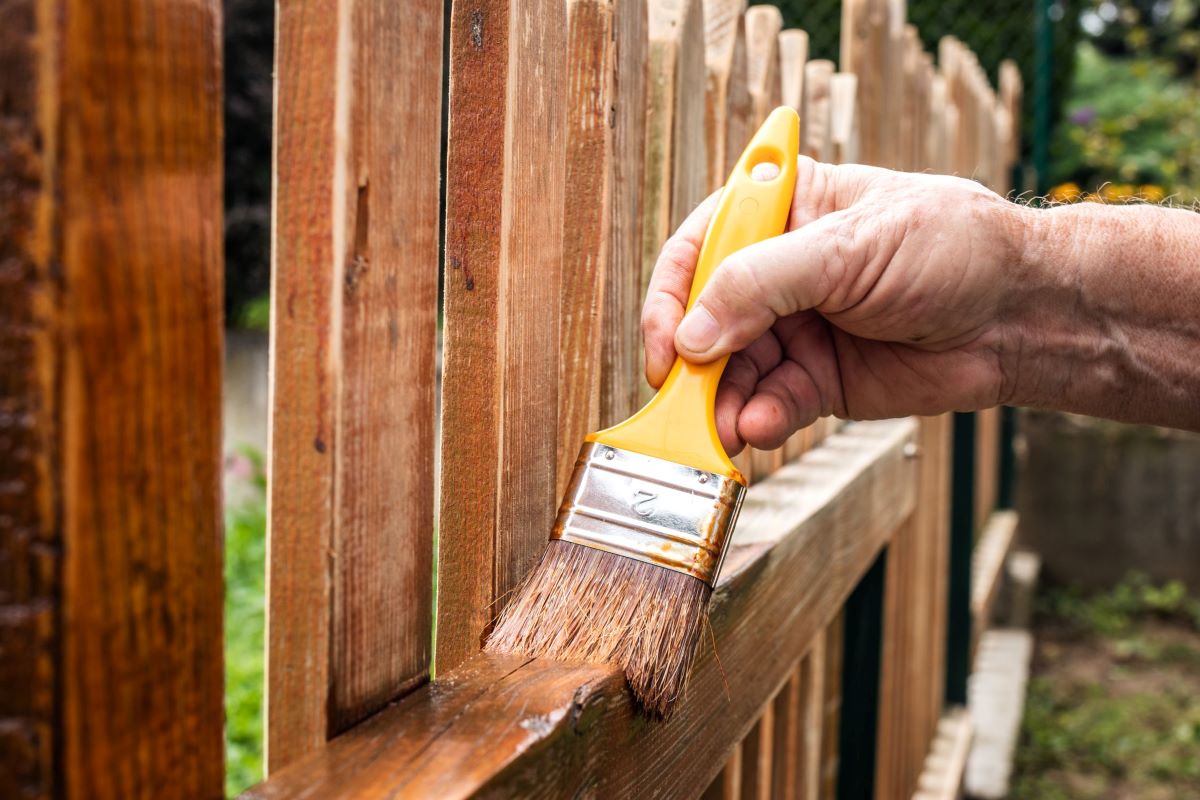
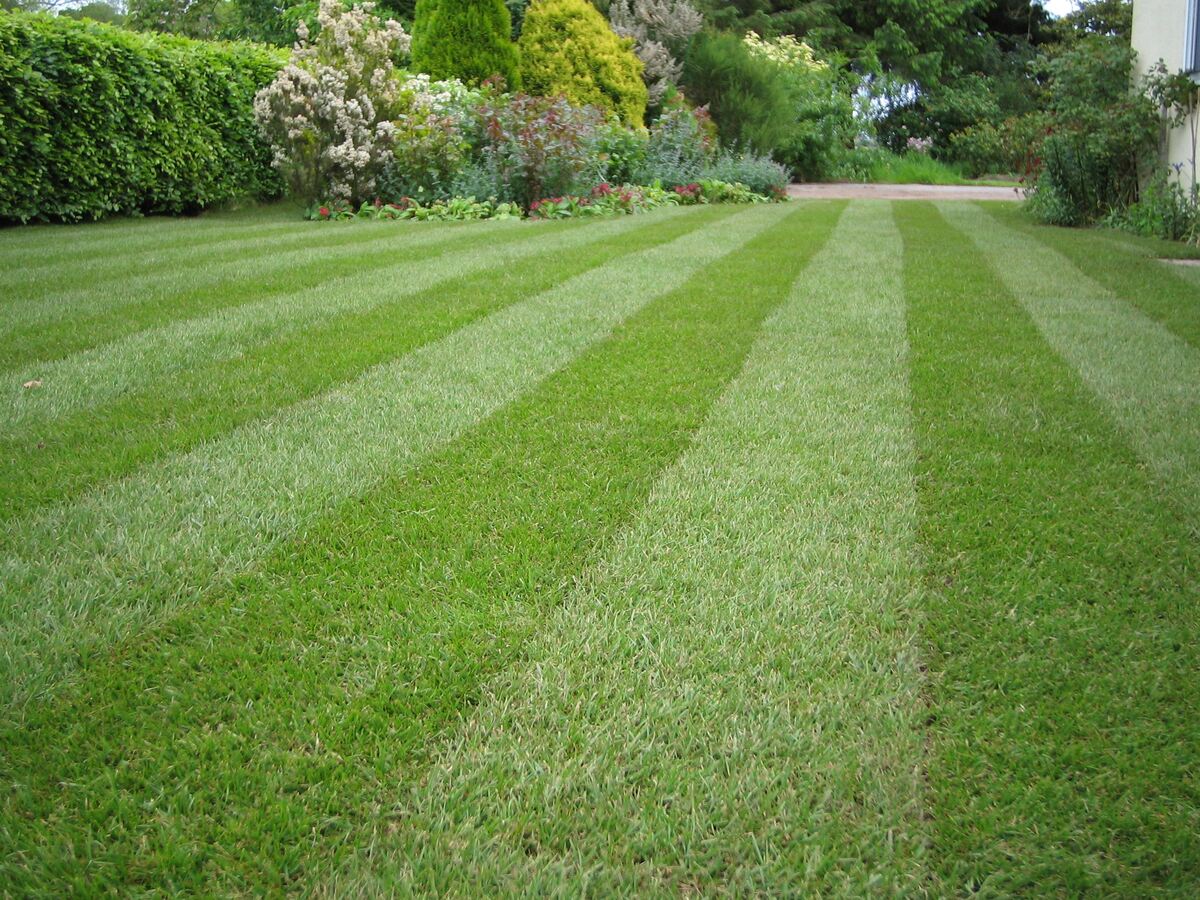

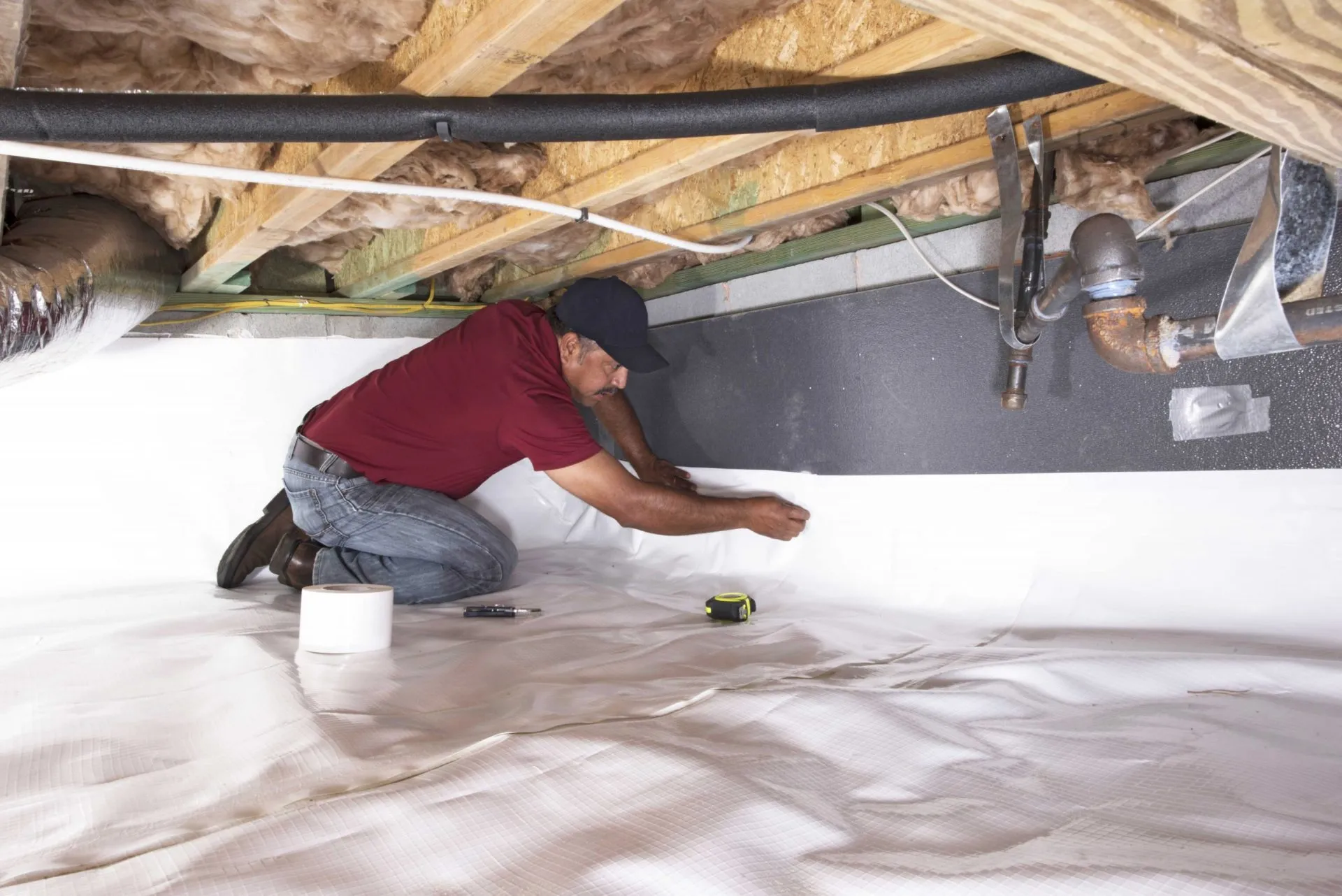
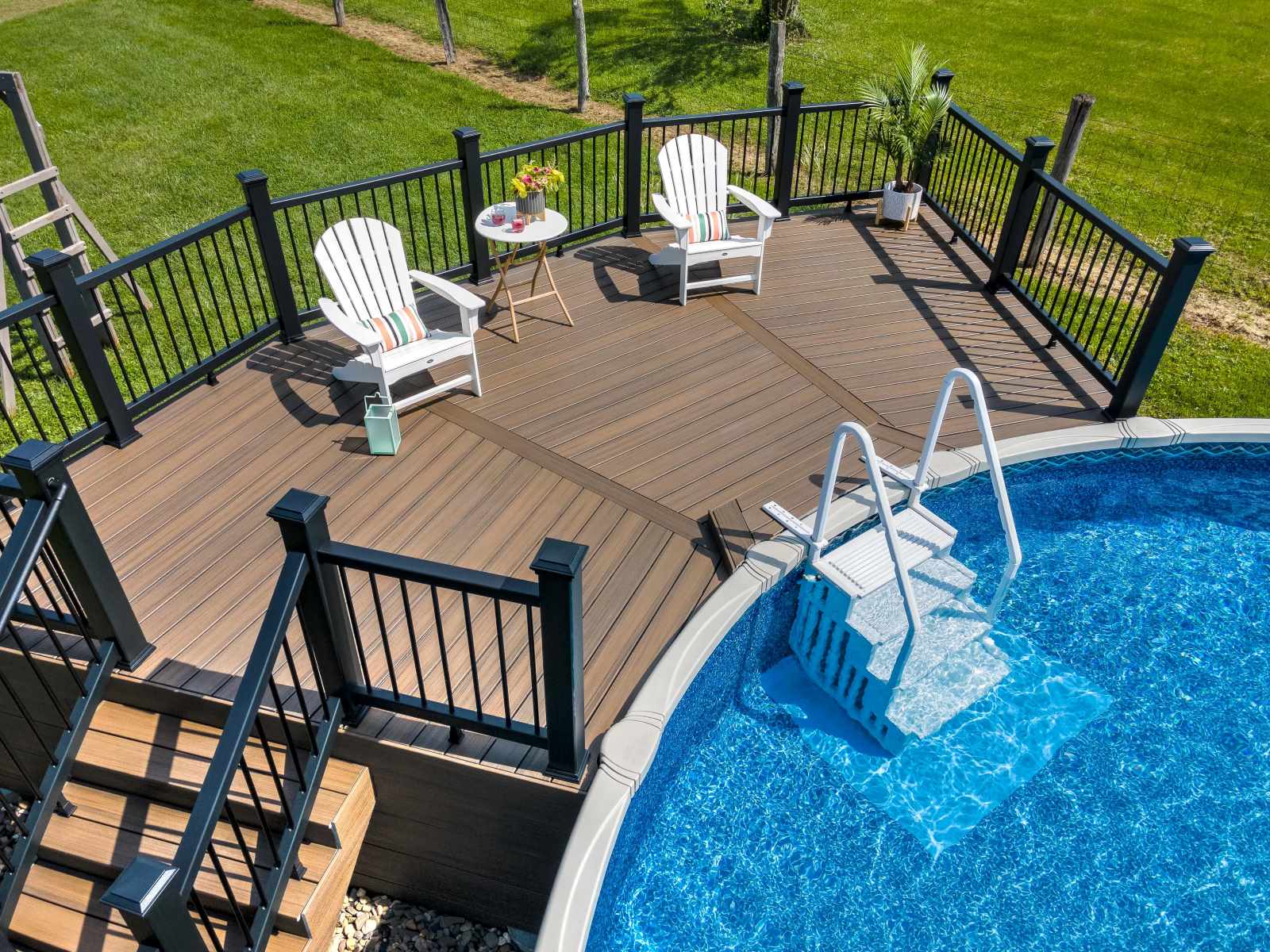
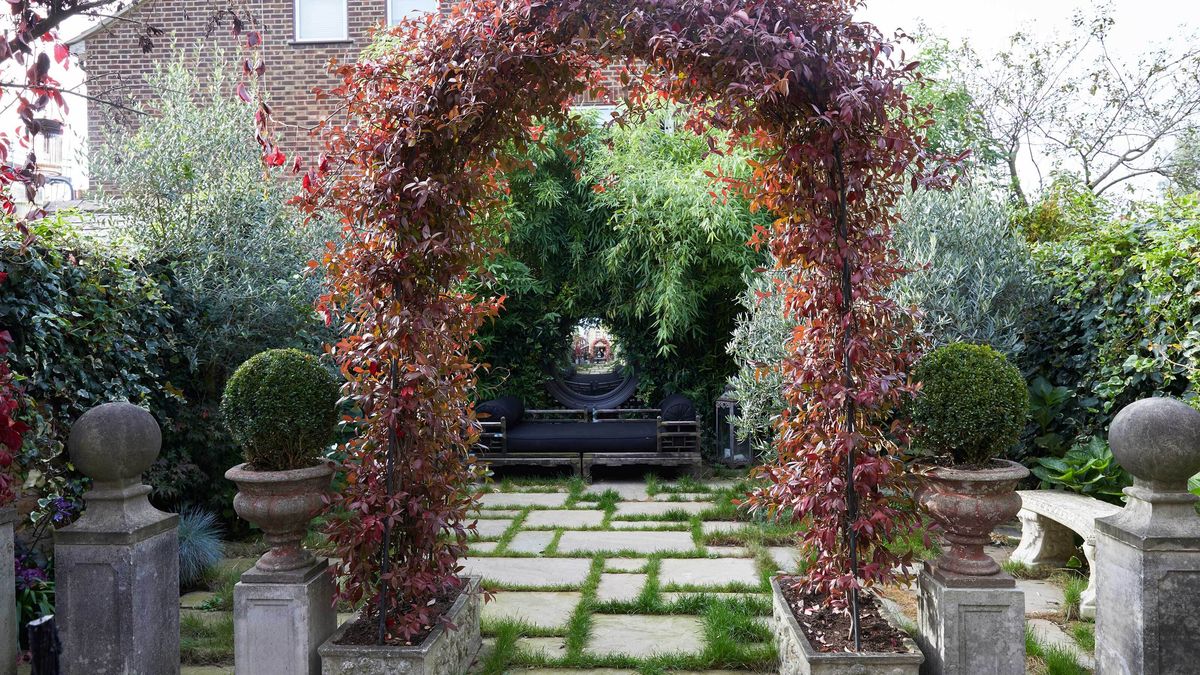
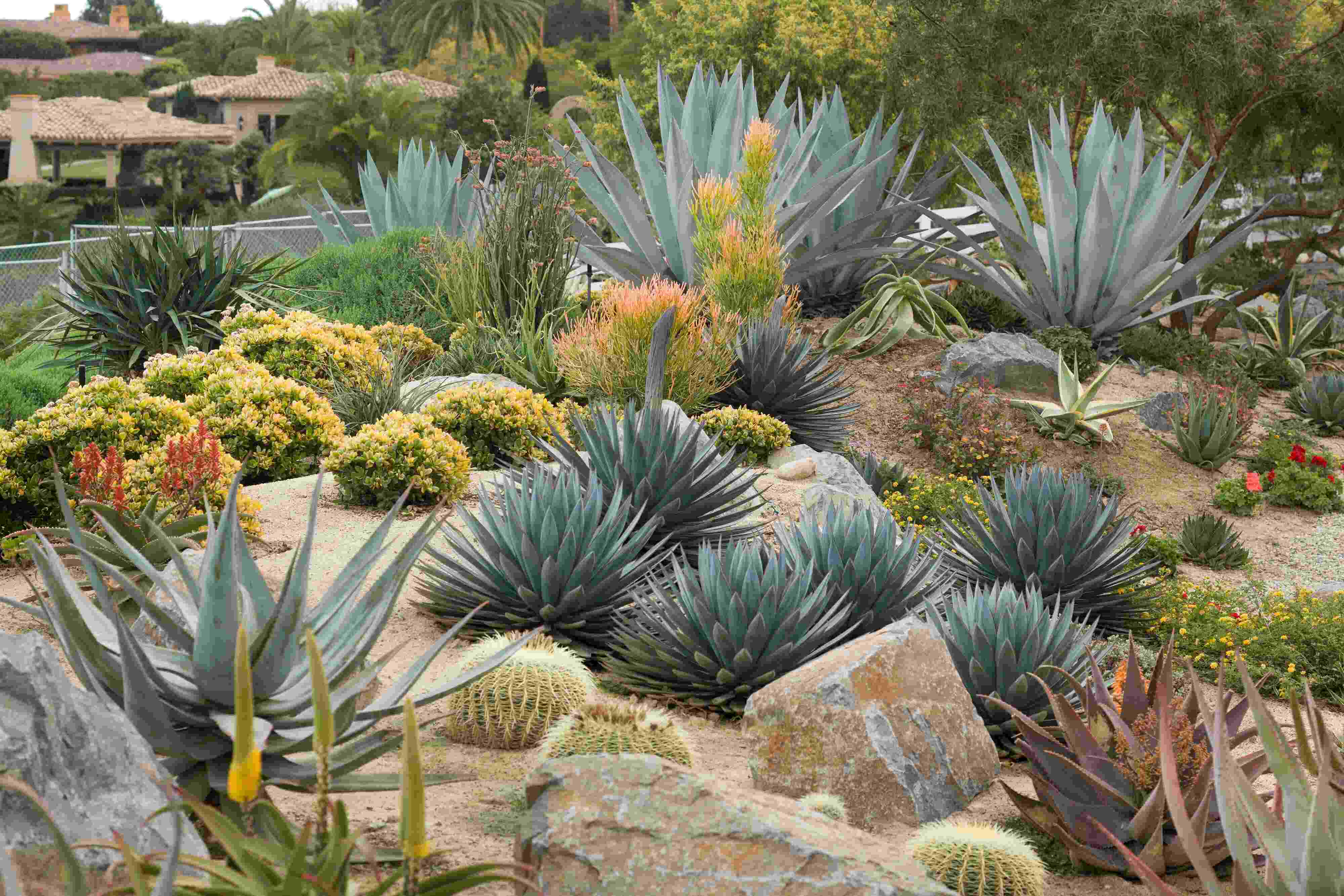
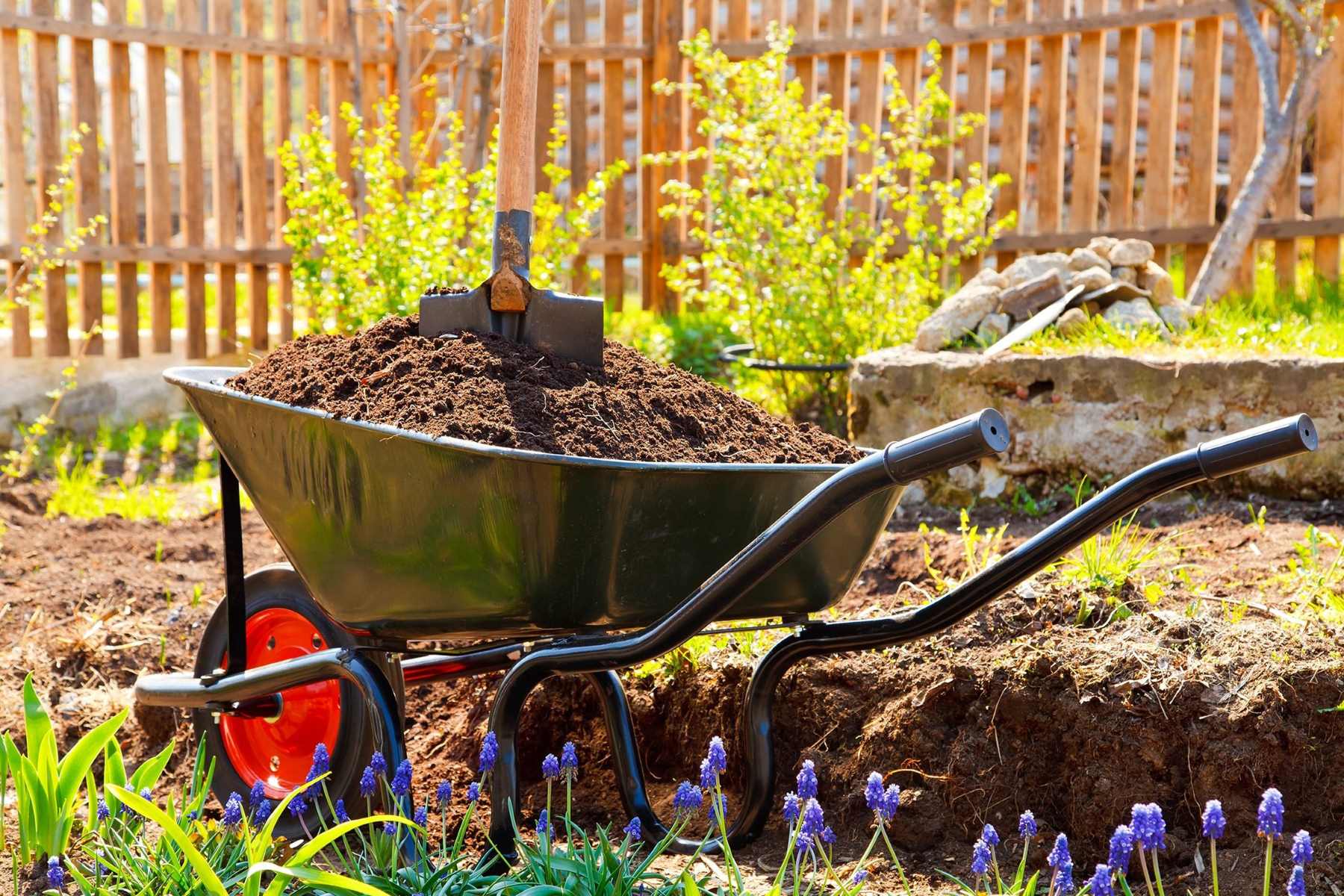
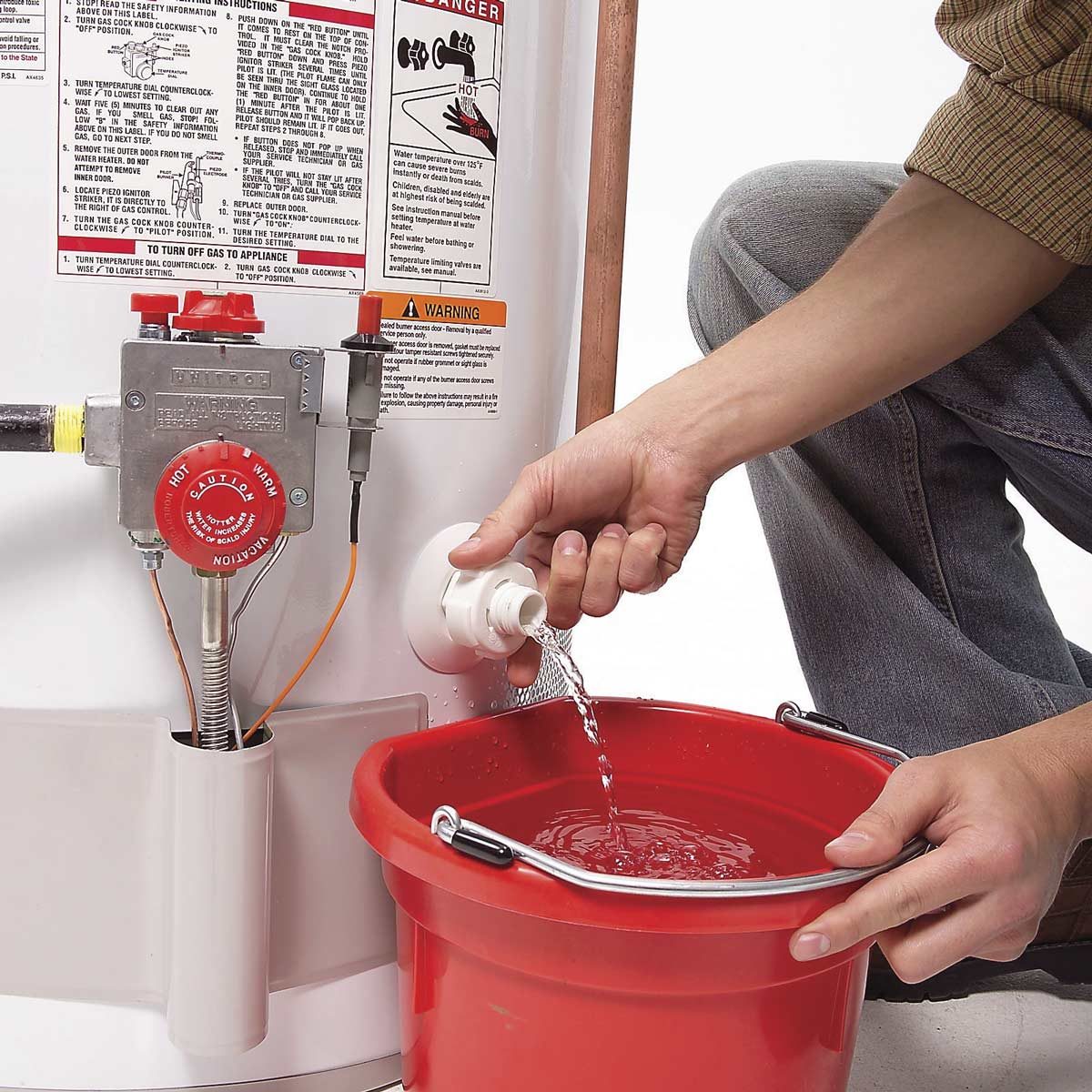


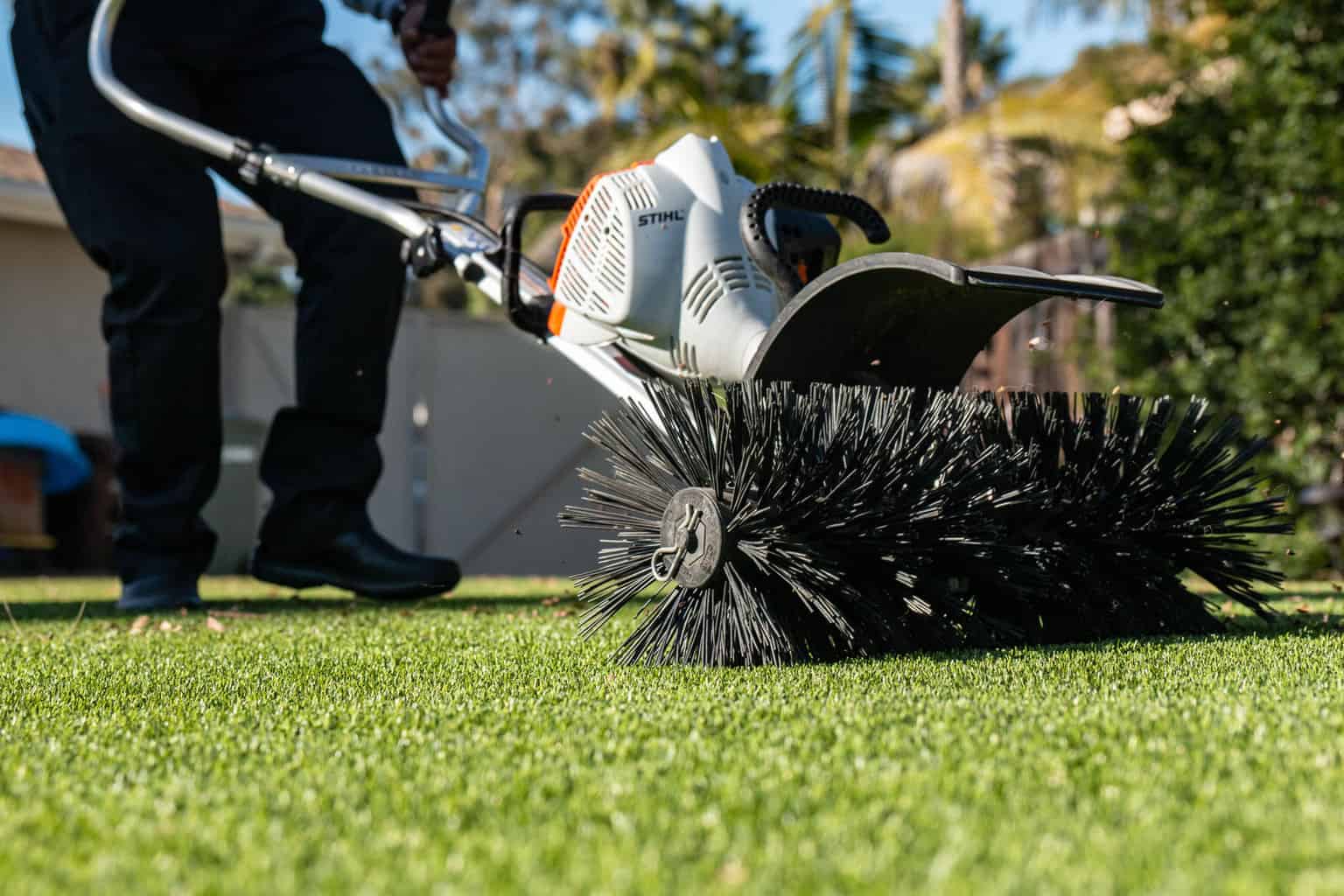

0 thoughts on “How To Maintain A Landscape Design”